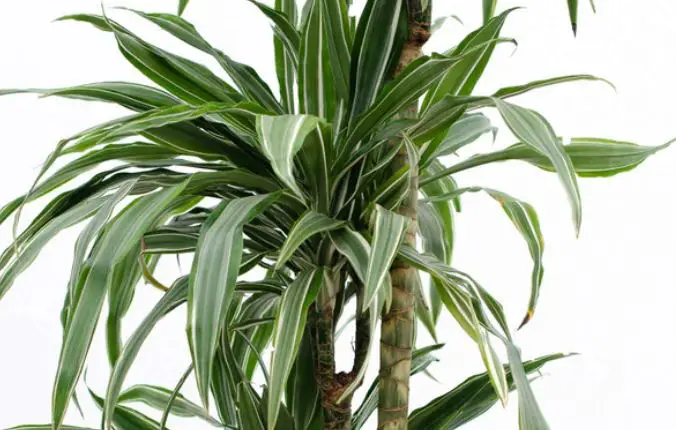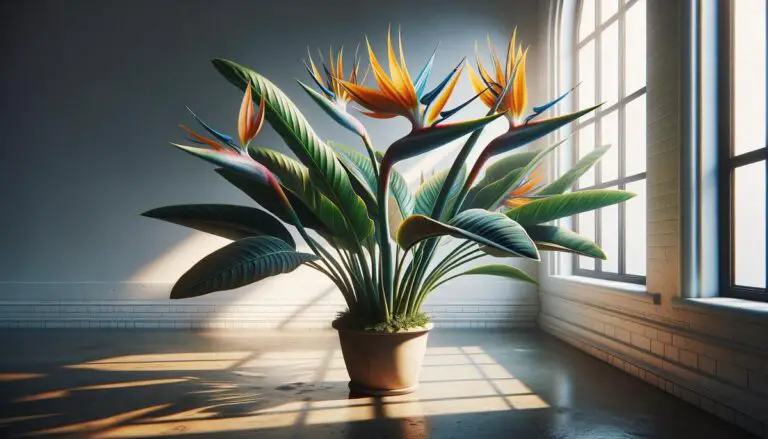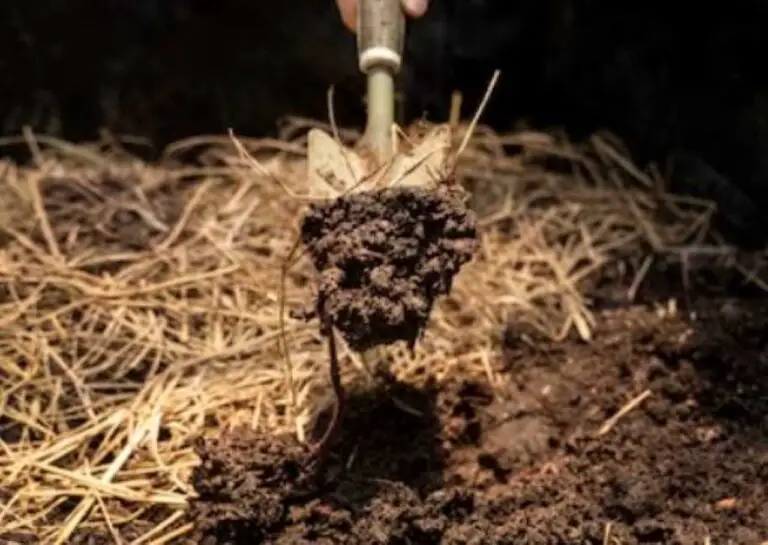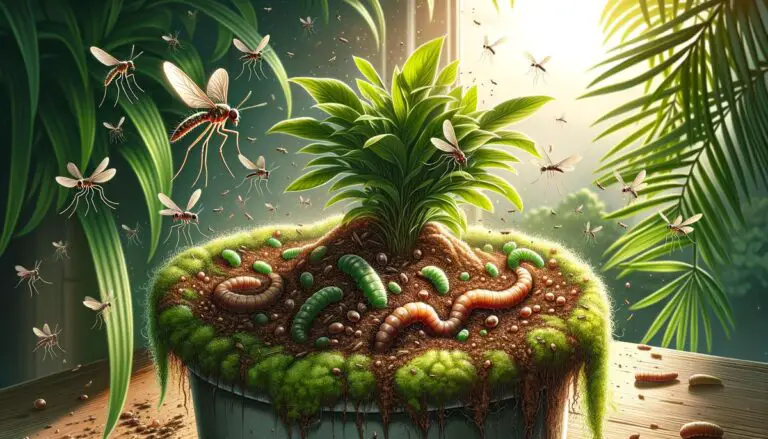Birds of Paradise Leaves Curling?🌿Learn How to Fix Curling Leaves ASAP!
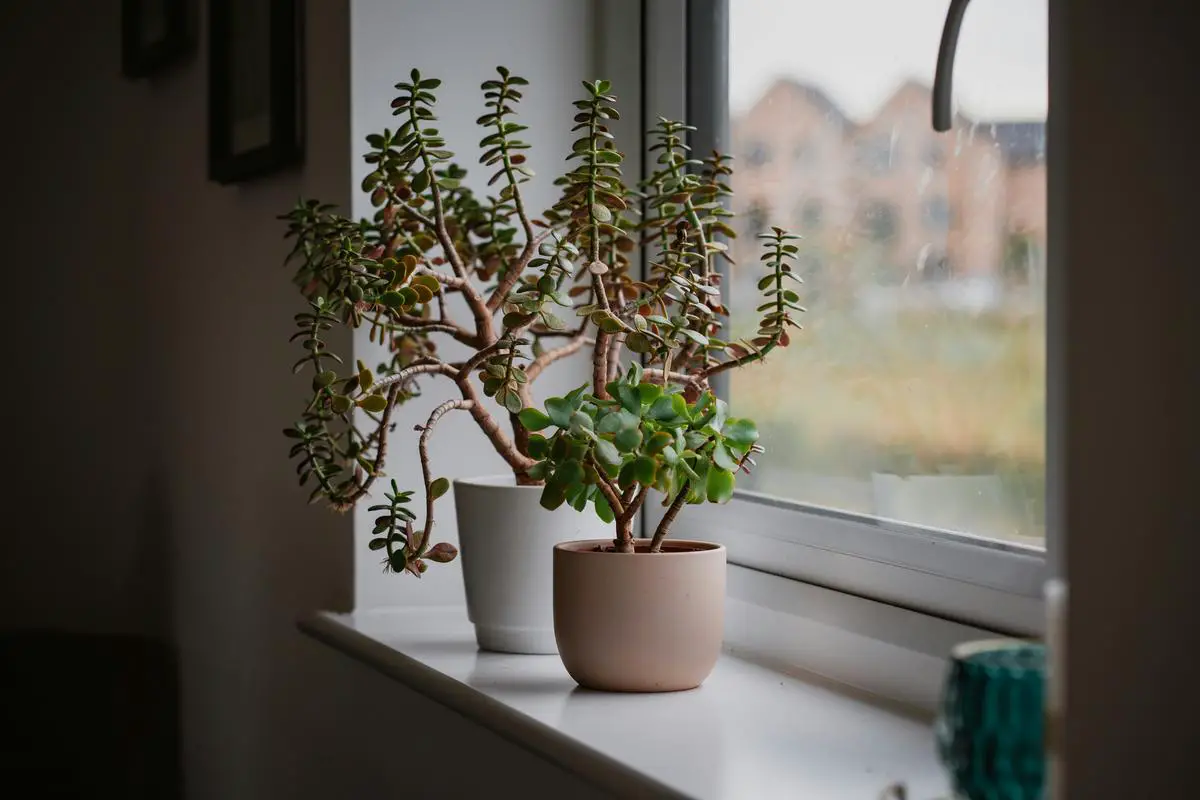
Assessing Watering Practices
Is Your Watering Routine Drowning or Parching Your Plant?
In the realm of plant care, finding the balance between too much and too little water is essential. Water is vital for our green friends, but like all living things, they thrive with balance. Mastering the art of watering is not as complex as it may seem; follow these straightforward steps to contribute to your plant’s growth story.
Understand Your Plant’s Water Needs
Each plant has different water requirements. Some, like cacti, thrive on minimal moisture, while others, like the Bird of Paradise, prefer more frequent watering. Familiarize yourself with your plant’s specific needs.
The Signs of Over and Underwatering
- Overwatering: Look for soggy soil that feels overly wet after watering. Yellowing leaves can also indicate overwatering.
- Underwatering: Dry, crumbly soil and wilted or wrinkled leaves are clear signs your plant needs water.
Balancing Act: The Right Watering Routine
- The Touch Test: Before watering, perform a simple soil touch test. Insert a clean finger about an inch into the soil. If it feels dry, it’s time to water.
- Consistency is Key: While plants don’t adhere to strict schedules, they appreciate consistency. Mark your watering on a calendar or set reminders to maintain a regular routine.
- Adapt to Changes: Be aware of seasonal shifts, growth phases, and environmental changes that may affect your plant’s water needs. Adjust your watering habits accordingly.
Advanced Tip: Thorough Watering
Ensure water reaches the roots where it matters most. Aim for a deep soak that reaches the bottom of the pot. This encourages roots to grow downward, seeking moisture and stability.
By incorporating these watering tips into your routine, you’ll help your plants not only survive but thrive. Remember, moisture is just one aspect of plant care, but it plays a crucial role in their overall health and growth.

Stabilizing Environmental Conditions
In addition to proper watering, replicating your plant’s native habitat’s lighting conditions is crucial for its well-being. Ensuring your plant receives the right amount and type of light it would naturally experience is vital for its growth and overall health.
Creating the Right Light Environment
Plants have specific preferences when it comes to light. Insufficient light can lead to slow growth and a lack of vigor, while too much direct sunlight can scorch leaves and cause damage.
Finding the Ideal Location
Aim to provide your plant with bright, indirect light, which simulates the dappled sunlight many plants enjoy in their natural habitats. East or west-facing windows often provide these conditions. If natural light is limited, grow lights can offer a balanced spectrum that mimics sunlight.
Observing Your Plant’s Signals
Plants communicate their needs through physical cues. Leaves reaching or growing towards the light source indicate a need for more light. On the other hand, yellowing or scorched leaves suggest the plant is receiving too much direct sunlight.
Adapting to Seasonal Changes
As seasons change, so does the angle and intensity of sunlight. The strong summer sun may be too intense for some plants, while the milder spring sun could be ideal. Rotate your plant periodically to ensure even light distribution and balanced growth.
Achieving Balance
Finding the right lighting conditions for your plant involves experimentation and adjustment. The goal is to recreate the brightness and warmth of its native habitat without subjecting it to extremes.
Lighting is a fundamental aspect of plant care, working in harmony with proper watering to support your plant’s health. By providing the right balance of light, you create an environment that allows your plant to thrive, bringing a piece of nature’s serenity into your home.

Addressing Soil and Repotting Needs
The soil your plant calls home plays a crucial role in its health and growth. Understanding soil composition, pH levels, and how to create the ideal growing medium is key to providing your plants with the foundation they need to thrive.
The Foundation of Plant Life: Understanding Soil Composition
Soil is where plant roots grow, explore, and extract nutrients. Standard garden soil can be too dense for potted plants, leading to poor drainage and unhealthy roots. A well-draining mix of perlite, sand, and organic matter can create a loamy environment that encourages healthy root development.1 However, the wrong mix can lead to waterlogging or nutrient deficiencies.
The pH Scale: Finding the Right Balance
Plants have specific preferences for soil pH, which determines how acidic or alkaline the soil is and directly affects nutrient uptake. Most houseplants prefer slightly acidic to neutral pH (around 6.5 to 7).2 Using a simple testing kit can help you determine your soil’s pH and make necessary adjustments using sulfur to lower pH or lime to raise it.
Feeding Your Plants: Compost and Fertilizers
Like all living beings, plants need nutrients to grow and thrive. Compost improves soil structure, enhances water retention and aeration, and provides a slow-release source of nutrients.3 Fertilizers can give your plants a quick nutrient boost, but use them carefully to avoid overfertilization, which can lead to excessive foliage growth at the expense of flowers and fruits.
Preventative Soil Care
Regular monitoring of your plant’s soil can prevent issues like pest infestations, fungal diseases, and nutrient imbalances. Check the soil moisture level regularly; if the top inch feels dry, it’s time to water. If it’s consistently damp, the soil may be too compacted or poorly draining.
By nurturing the soil, ensuring proper structure and drainage, and providing essential nutrients, you create an environment where your plants can flourish. Understanding the importance of soil care is crucial to becoming an effective plant caregiver and helping your green companions thrive.

- Landis TD. Growing media. In: Dumroese RK, Luna T, Landis TD, editors. Nursery manual for native plants: A guide for tribal nurseries – Volume 1: Nursery management. Washington, D.C.: U.S. Department of Agriculture, Forest Service; 2009. p. 76-93.
- Altland J. Managing the pH of container media. Oregon State University Extension Service; 2006.
- Brady NC, Weil RR. The nature and properties of soils. 14th ed. Upper Saddle River, NJ: Pearson Education, Inc.; 2008.

